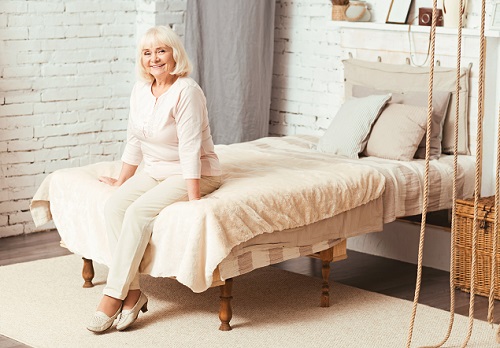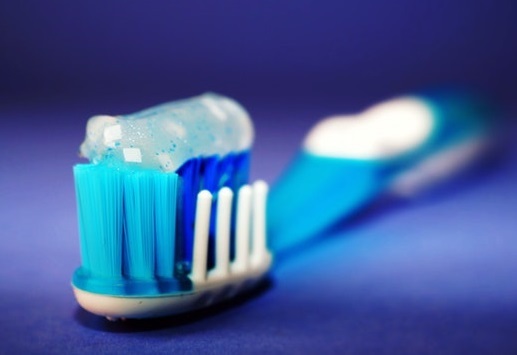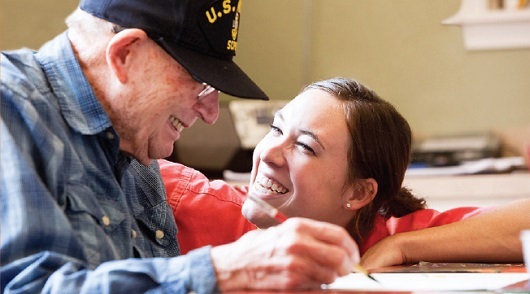 Thousands of senior citizens per year will spend at least some p[eriod of time in a long-term care facility. Other seniors, however, are on the opposite end of the spectrum, and never experience any emotional or physical complications throughout their old age, and do not require long-term care. The reality is that most seniors fall somewhere in between. They do not require extensive care but are not completely independent either.
Thousands of senior citizens per year will spend at least some p[eriod of time in a long-term care facility. Other seniors, however, are on the opposite end of the spectrum, and never experience any emotional or physical complications throughout their old age, and do not require long-term care. The reality is that most seniors fall somewhere in between. They do not require extensive care but are not completely independent either.
There are a plethora of resources available for senior care such in-home nursing care, senior-themed housing, and necessary professional services. To supplement these services, friends and relatives can help seniors stay even happier in their own homes by helping with the following:
Physical Activity
Movement is a wonderful way to improve balance, maintain muscle tone, improve mobility, and maintain a positive outlook. All these things are necessary to avoid falls and other mishaps that often befall seniors. The best approach is to encourage the senior to combine intentional exercise with everyday movement. That exercise could include:
- Swimming: Almost everyone enjoys swimming. In addition to being a pleasant activity, it’s also very good exercise. The water provides gentle resistance that makes movement even more effective, and the water also virtually eliminates the impact these movements have on joints.
- Tai Chi: This ancient Chinese martial art is currently enjoying a surge of popularity in the United States, especially among older adults. Tai chi gives muscles a workout and also improves the sense of balance.
- Yoga: Properly-stretched muscles and joints are stronger and more mobile than stiff ones, and stretching is yoga’s primary physical benefit. The deep breathing helps detoxify the body and the meditative element is very relaxing.
Moderate exercise alone is great, but it may not be enough to maintain good physical health. Many doctors rightly say that a half-hour per day of exercise cannot make up for twenty three-plus hours of inactivity. Encourage the senior in your life to walk around the block frequently, park far away from the door at the doctor’s office, and make some other small changes.
Emotional Balance
The aforementioned exercise classes also give seniors social outlets. These connections help stave off loneliness, which is a serious issue challenging over 40 percent of seniors. Lonely older adults have a lower physical quality of life and a higher rate of early death.
Recovering lost confidence is just as important as recovering lost mobility. Here, the physical and emotional overlap. A few subtle assistive devices, like well-placed furniture risers, often make a significant difference. These furniture risers are very good mobility aids for people who have issues moving from a sitting to a standing position. Bed risers also ease sleep apnea, acid reflux disease, and some other conditions.
Physical Safety
There are a number of ways to make the outside of a house more secure without giving the property a foreboding, fortress-like appearance. For example:
- Keep shrubs, bushes, and trees closely trimmed,
- Combine accent lighting with security lighting,
- Consider smart locks with smartphone controls, and
- Plant thorny bushes near windows.
These changes should increase security for the senior and enhance peace of mind for everyone involved.
It’s sad to say but seniors should not trust strangers. This mentality may be hard to establish because many seniors grew up in a time where such trust was possible. Until proven otherwise, seniors should always assume that the person on the other end of the line, or the other side of the computer screen, is a scammer out to steal money in whatever way possible.
A combination of physical and emotional adjustments helps seniors stay in their homes and helps everyone else feel better about the arrangement.


Comments